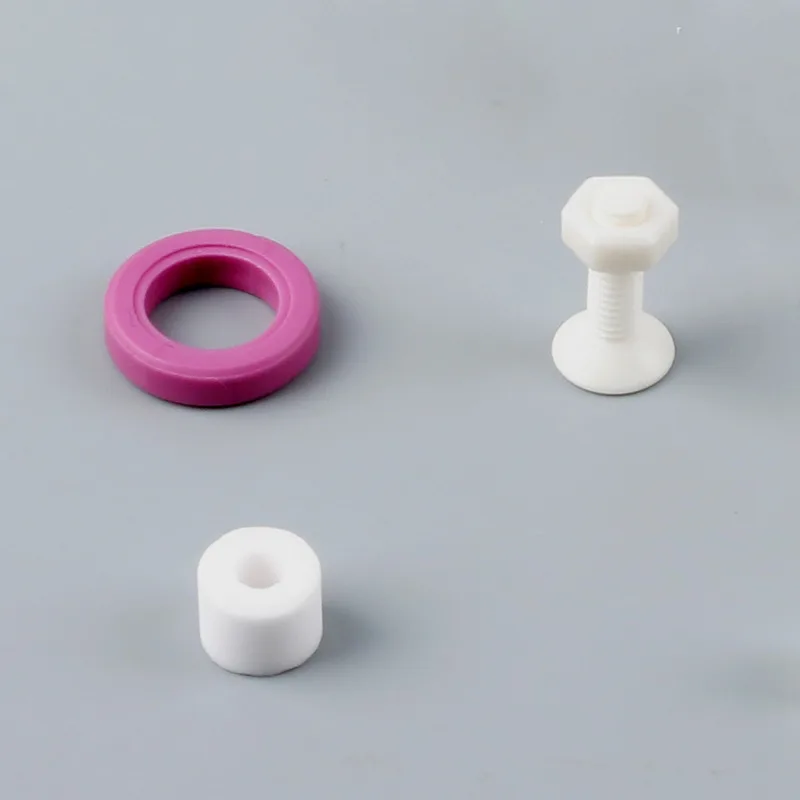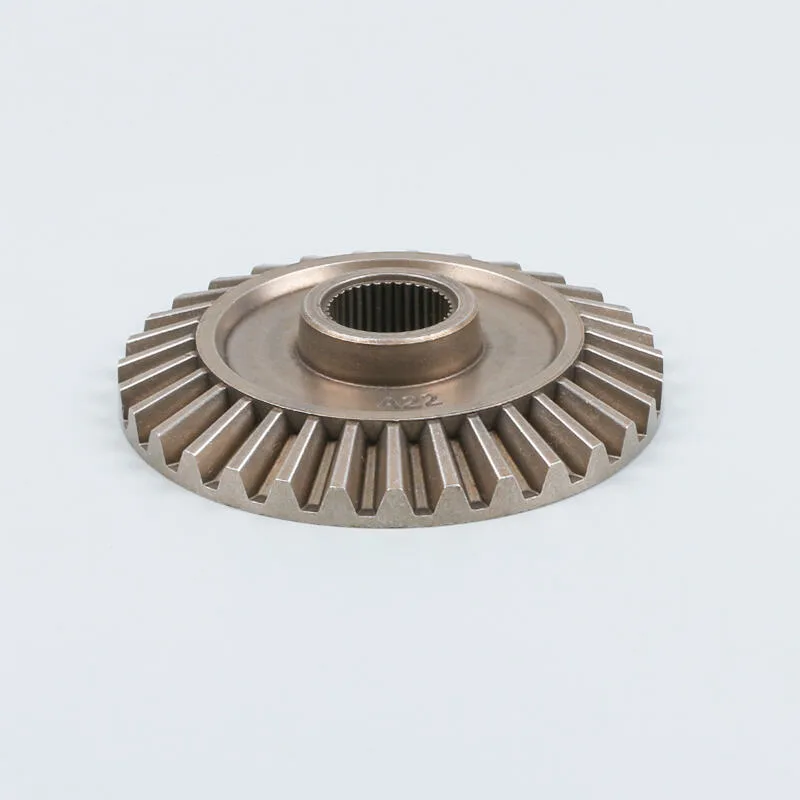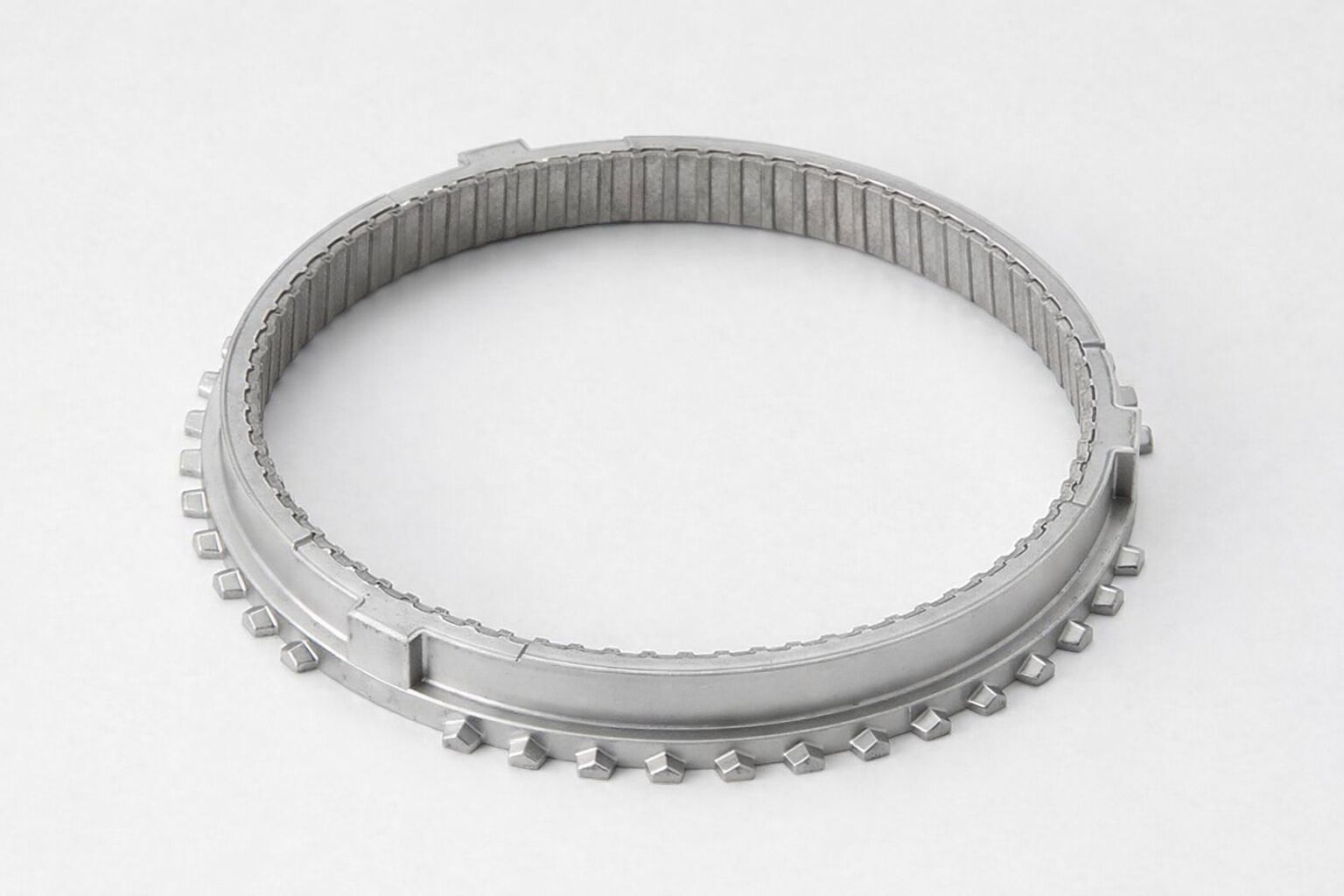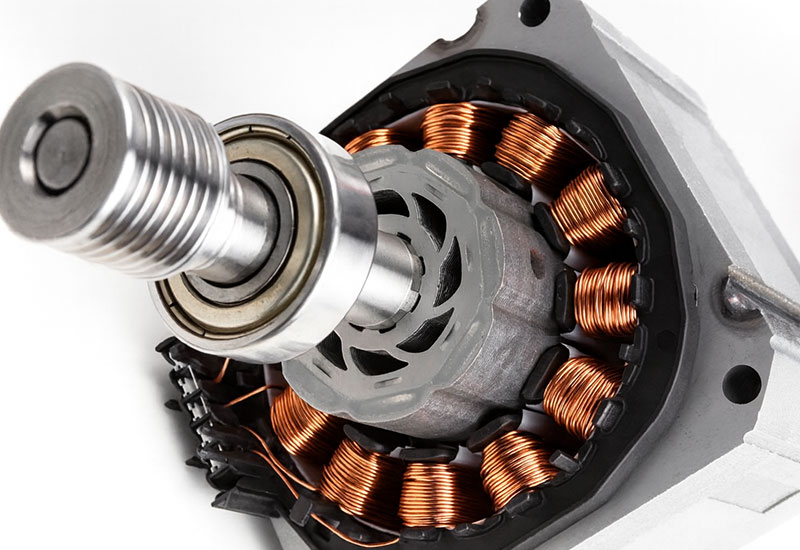
What is Sintered Alumina?
Sintered alumina is famous due to its high hardness, wear resistance, thermal stability, and chemical inertness. Sintered alumina is produced through powder compaction at room temperature and subsequent high-temperature sintering, which densifies the alumina into a stable polycrystalline ceramic. The controlled densification process minimizes porosity,







